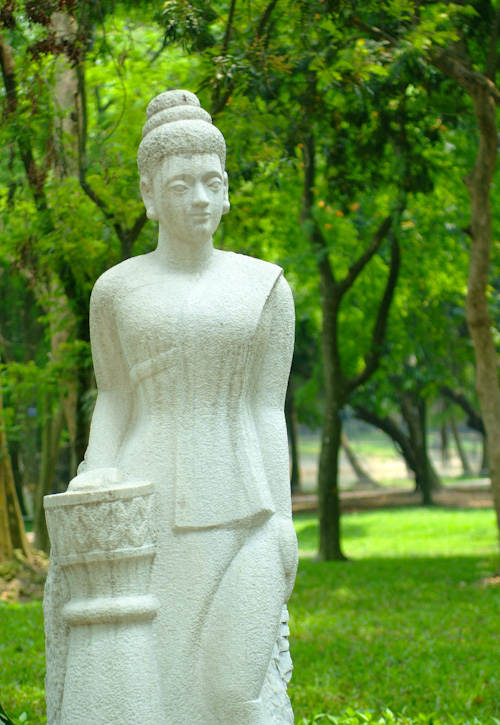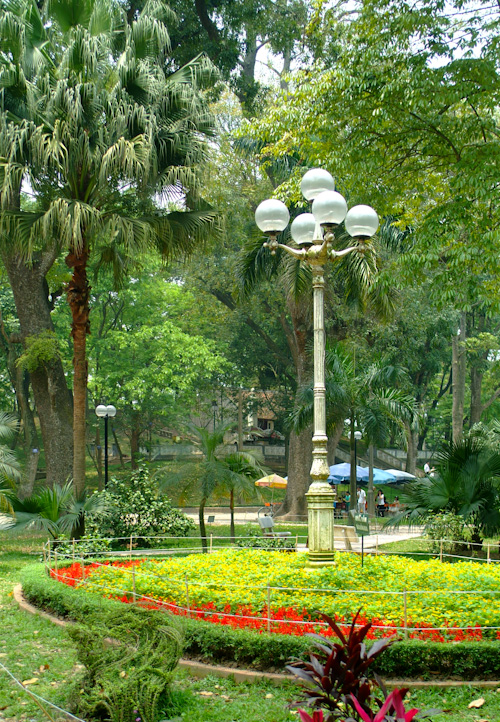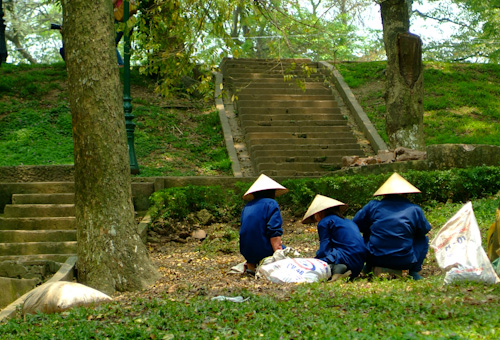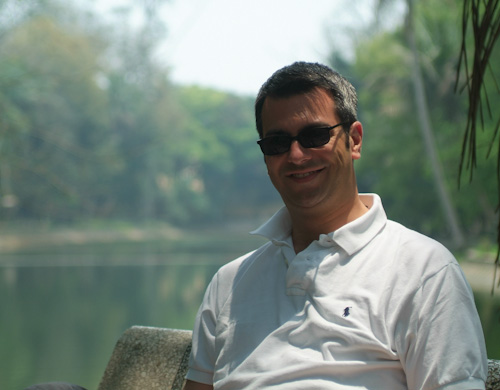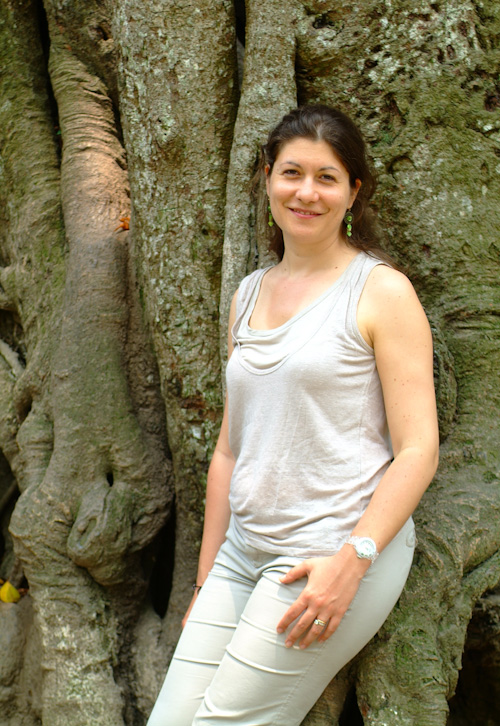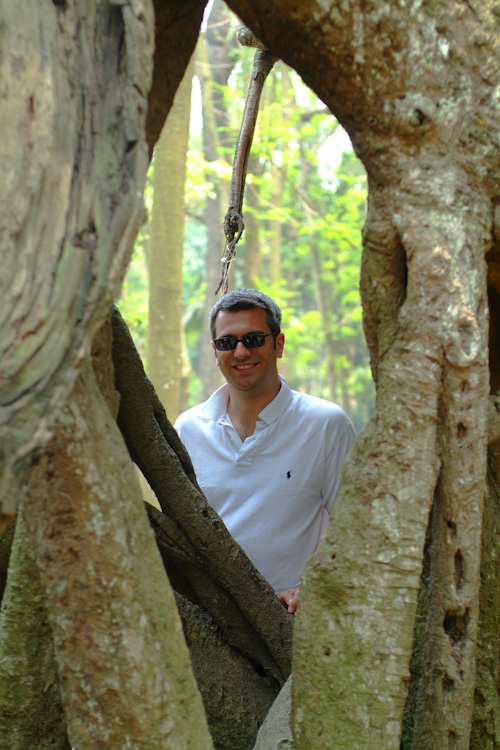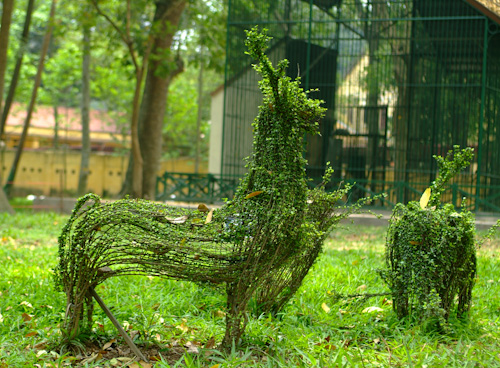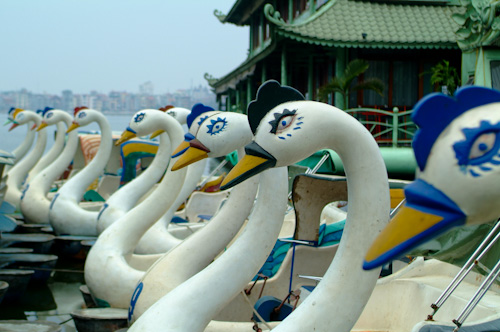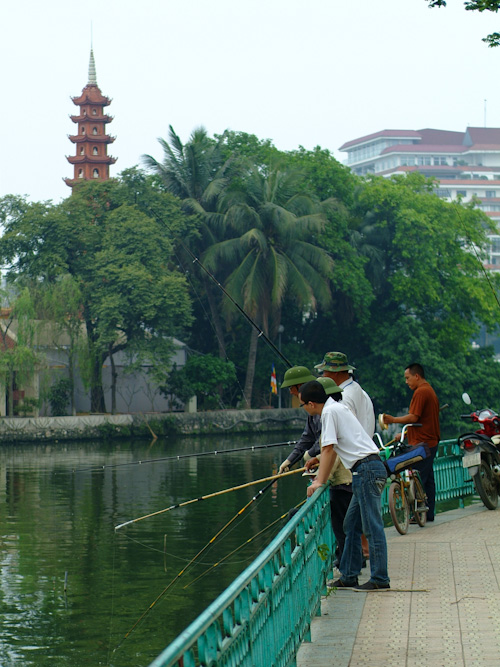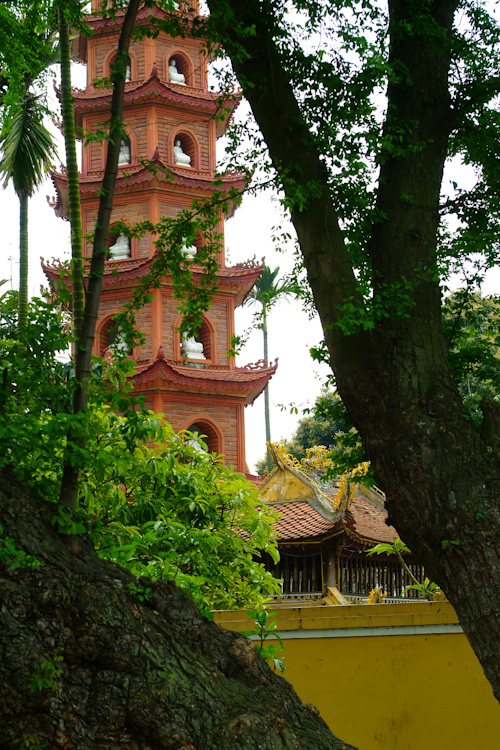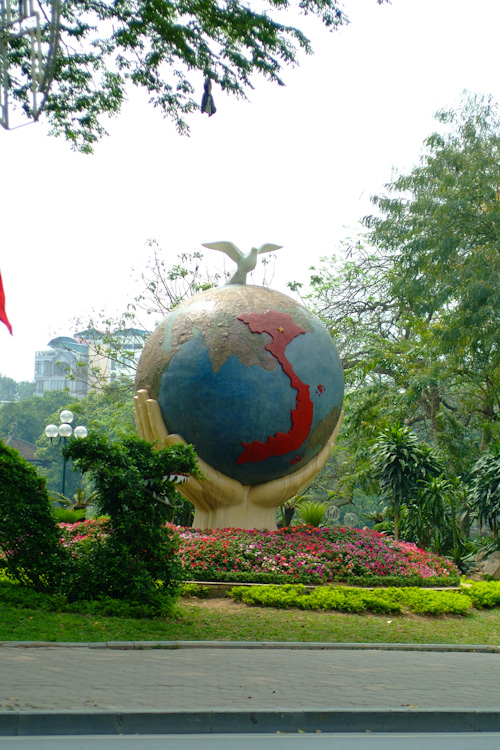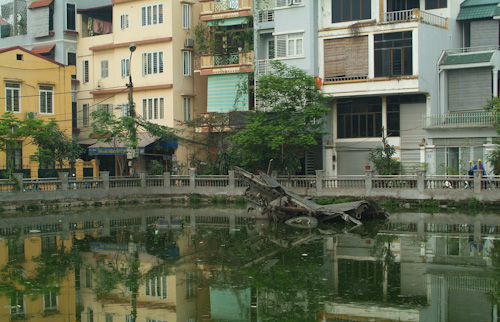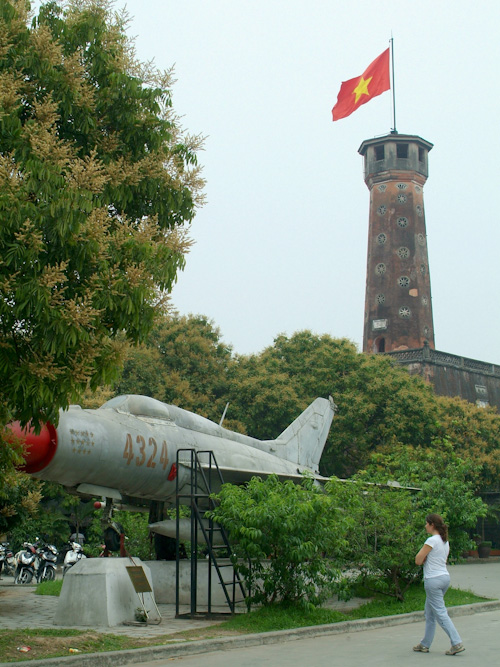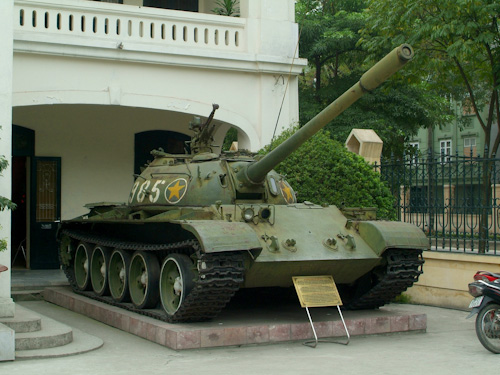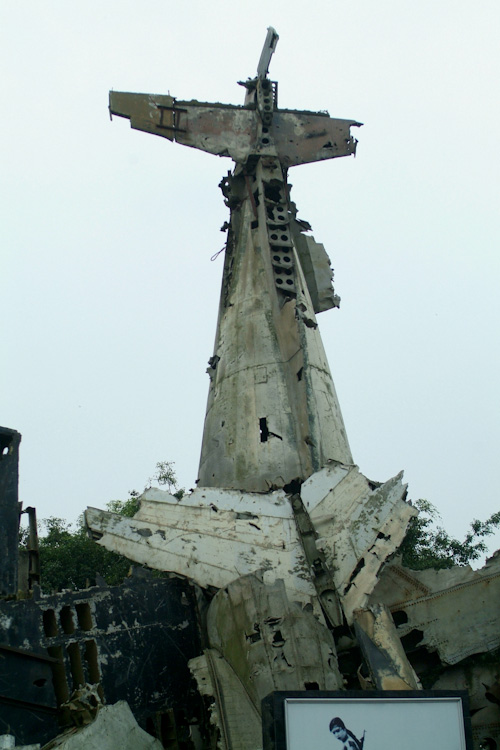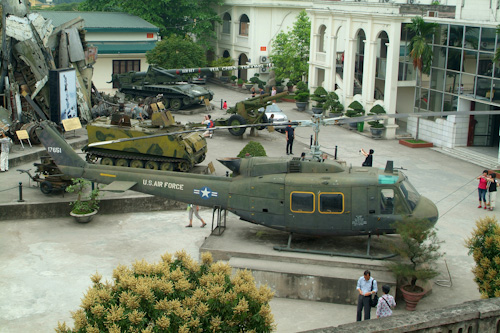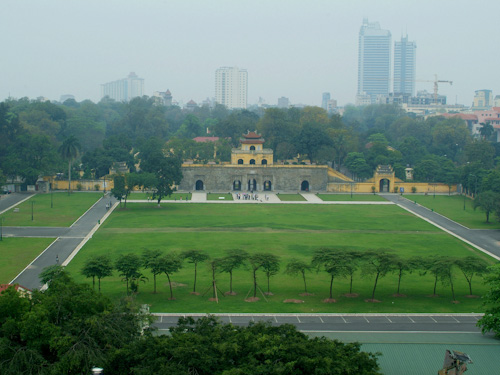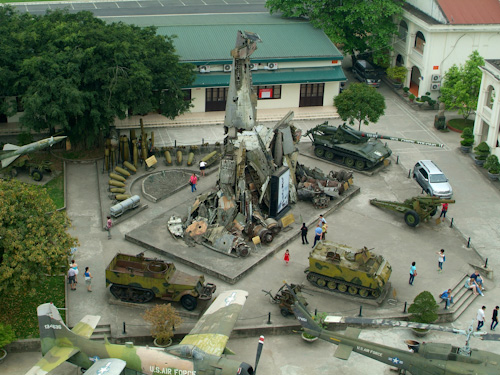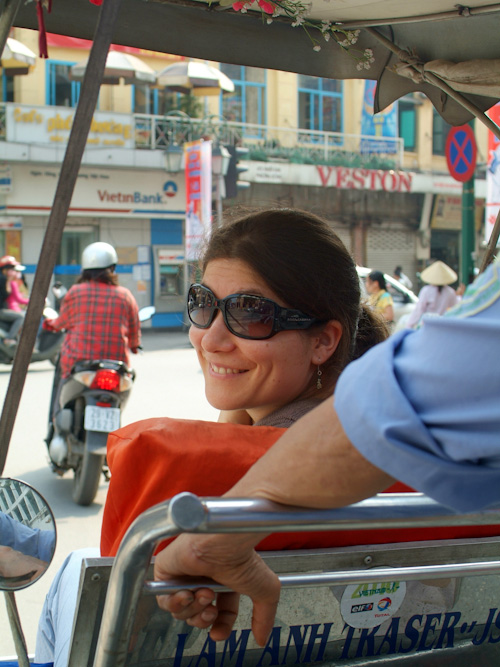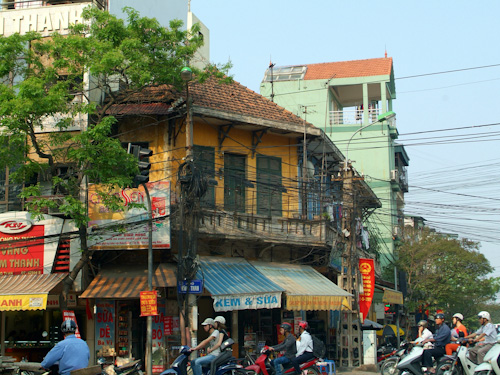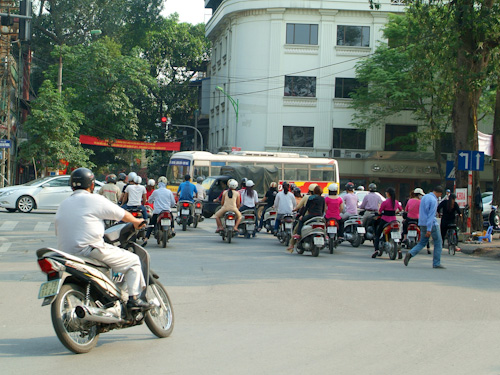Night train to Sapa
After two days in Hanoi, our itinerary takes us north, to the mountain town of Sapa. We boarded the overnight train from and headed out.
The overnight train was an interesting experience. There are three trains each day to Sapa, each taking about eight hours to make the journey. But each carriage on the train is owned by a different company, and they fit out the interior in their own style.
On our outbound journey, one thing became clear. The carriage we were in certainly didn’t have much money spent on noise insulation or suspension. We clicked and clattered all night, lurched back and forth and nearly flying out of bed every time the train came to a halt. The best way to describe it was like sleeping in a tumble dryer.
But we made it, pulling into the station around 5am. From there, it was another hour’s drive up the mountains to the hotel. It was a beautiful drive, climbing the mountain just as the sun was coming up. We finally arrived at our hotel – the Victoria Resort and Spa in Sapa.
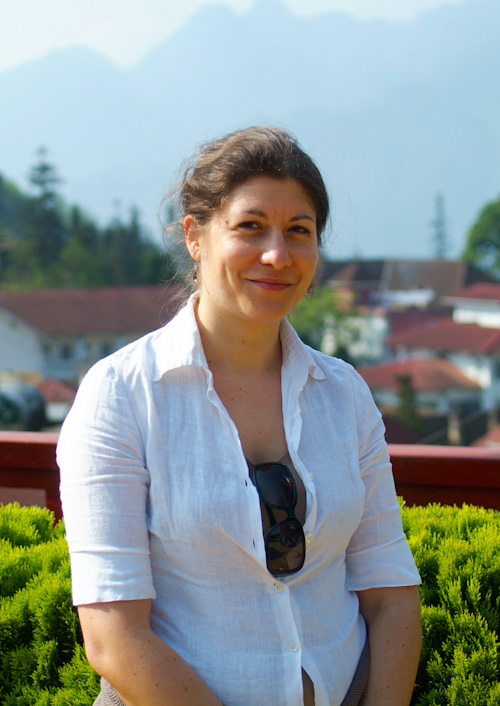
Aude outside the Victoria Hotel in Sapa
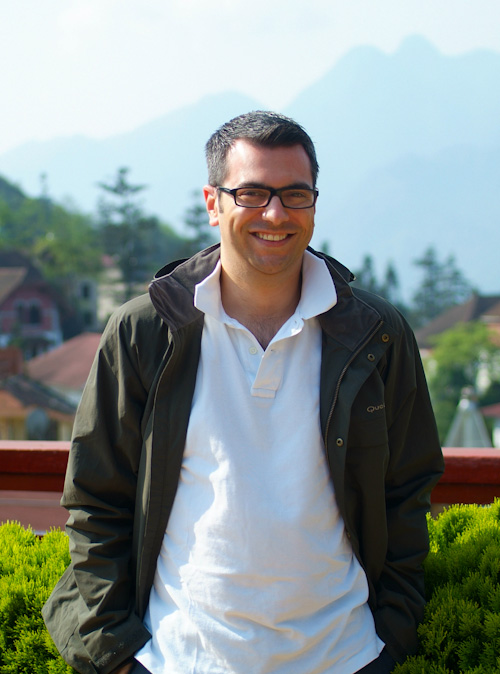
Matthew outside the Victoria Hotel in Sapa. Wearing a jacket. There was a big difference in temperature between Hanoi and Sapa, where it rarely got hotter than 20C.
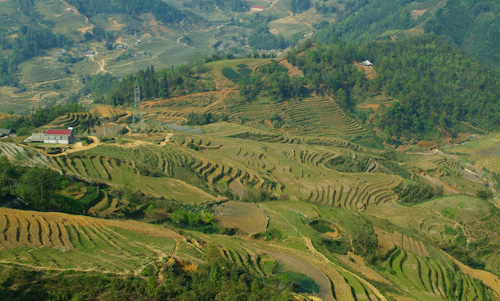
‘Dry’ rice fields
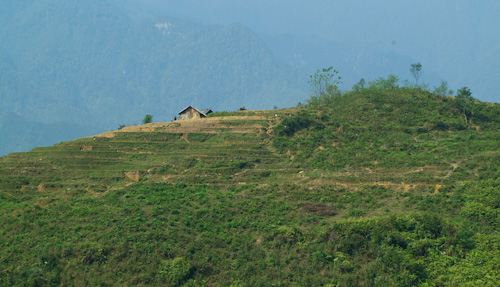
Pictures don’t really do it justice, but there was an enormous feeling of space. The mountain ranges just seem to go on and on.
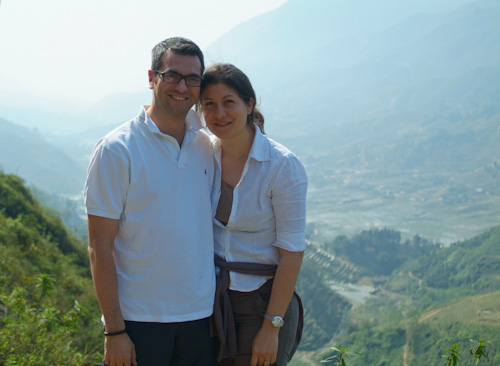
A quick photo by the side of the road.
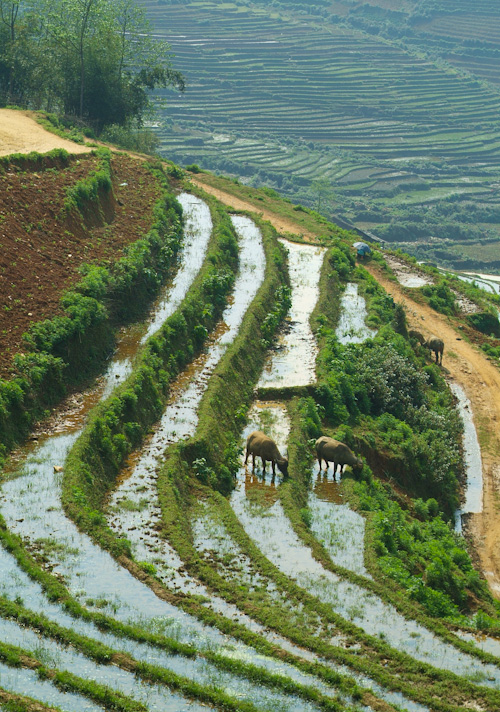
The rice fields here are difficult to maintain. The Hmong people were some of the last to arrive in Vietnam and ended up withe least desirable, hardest-to-farm land in the mountains and hillsides.
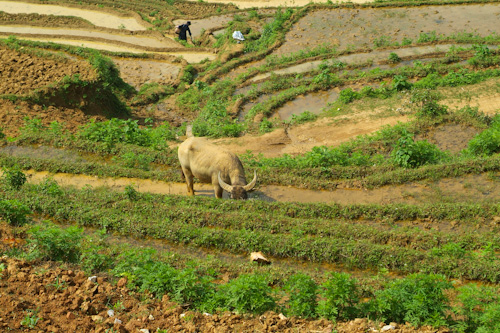
Farming here is still done the traditional way — by hand and using oxen.
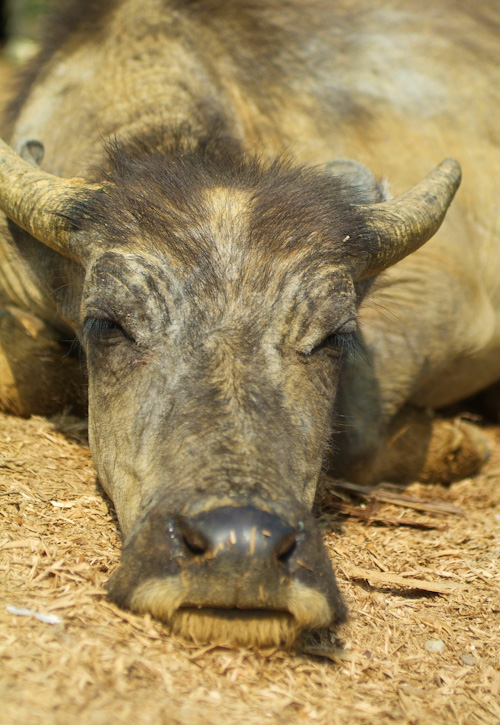
It’s tough work being an ox.
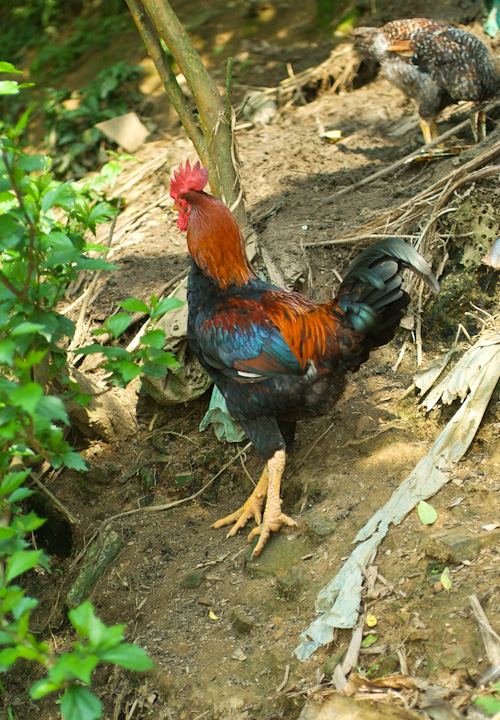
Spectacular colours meant I couldn’t miss taking a photo of this rooster.
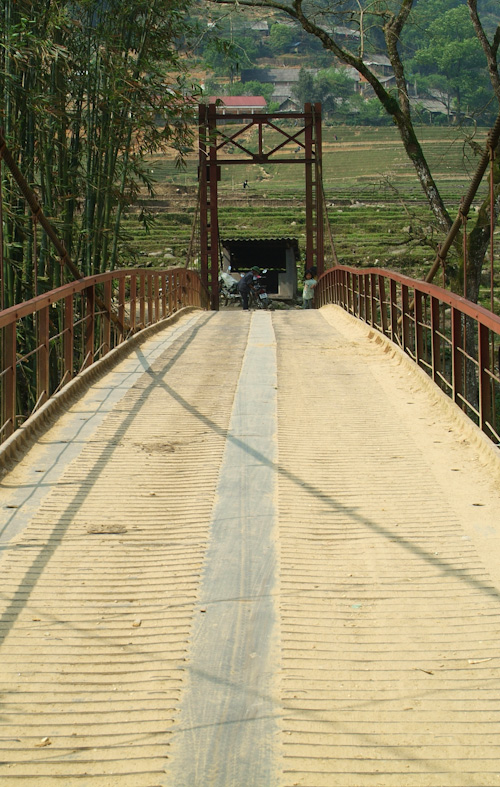
A bridge leading to one of the Hmong villages.
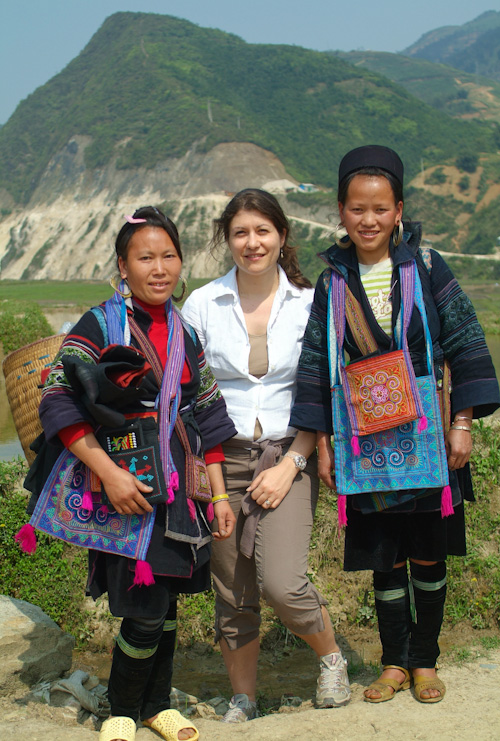
Our two Hmong shadows. These two girls followed us for nearly an hour, trying to sell us their handicrafts. You’ve got to give them credit for being persistent.
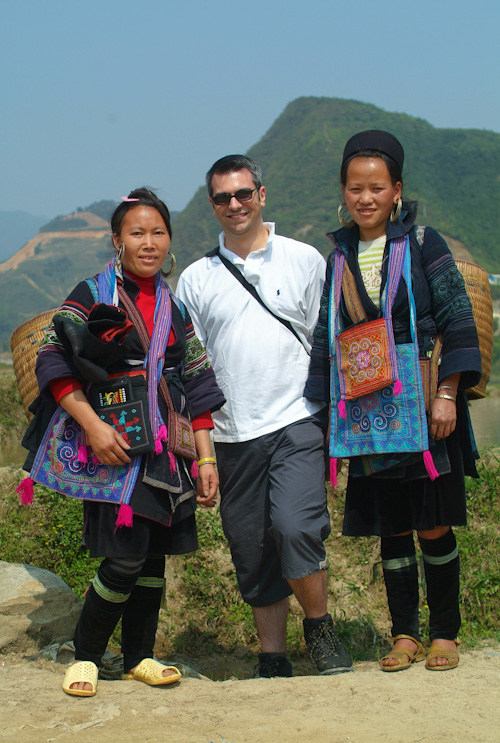
Matthew with his two new Hmong friends. One of them spoke exceptionally good English, all learned from her conversations with tourists.
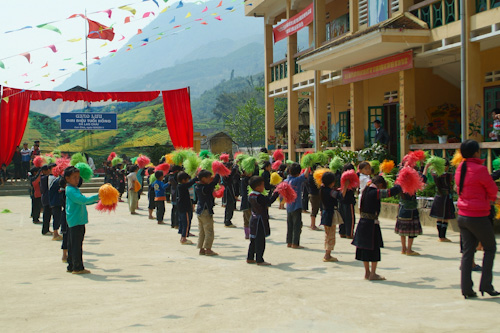
Children exercising at a local school.
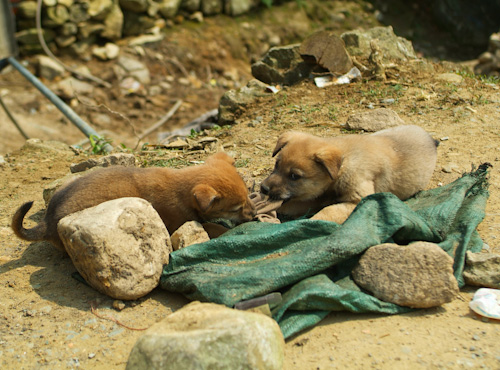
Two new puppies tussle over a toy. Most dogs here start out as a combination of pets & garbage disposals (eating leftover table scraps). And eventually, most end up as dinner, particularly in this part of the country.
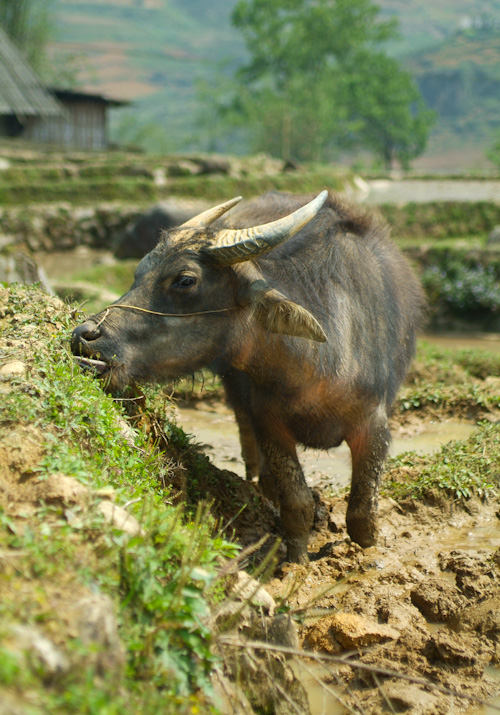
Getting up-close and personal with an ox.
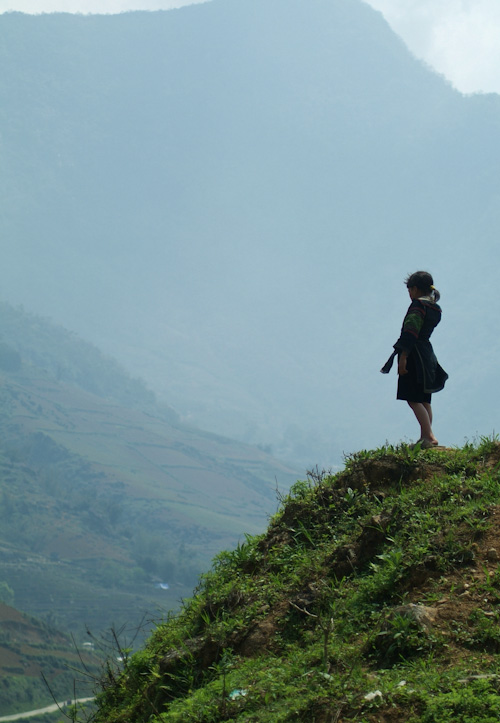
A young Hmong girl takes a minute to herself.
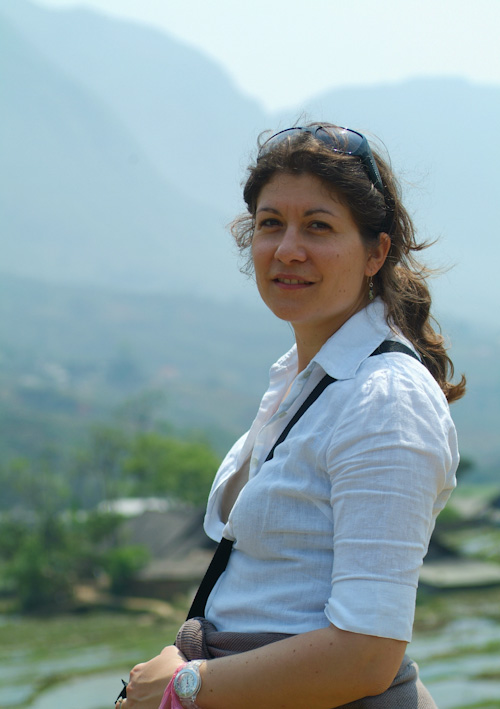
Aude on our walk through the Hmong villages.
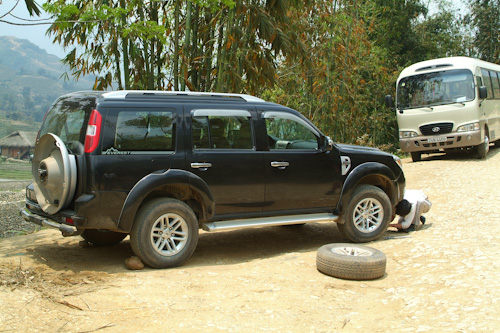
Needless to say, the roads around these villages are pretty rough. We came back from our walk to discover our driver changing the tyre. He changed it very quickly – suggesting to me that this is something that happens pretty regularly.
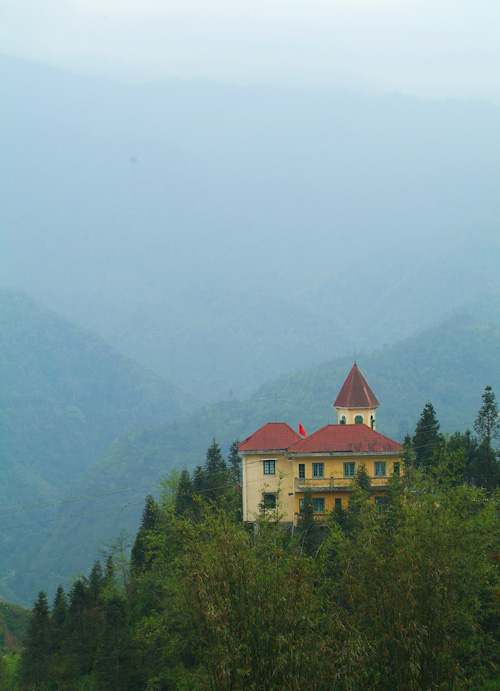
An old building built by the French, now being used as an ecology centre. Perched by itself on the side of a mountain, it feels very isolated.
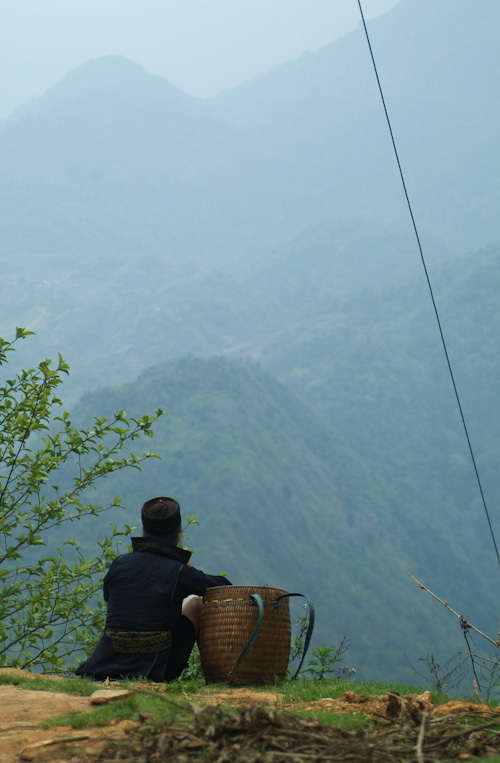
A Hmong girl stops for lunch on the side of the mountain.
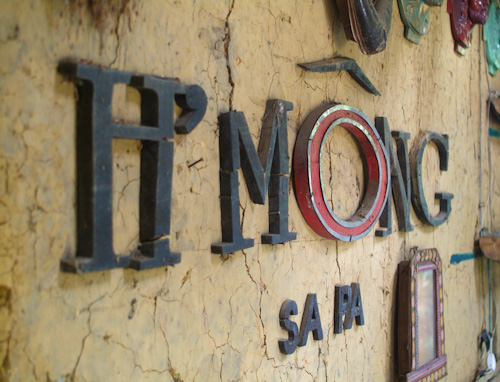
They’ve made a few concessions for the new-found groups of tourists that have arrived in their villages. Like a gift shop.
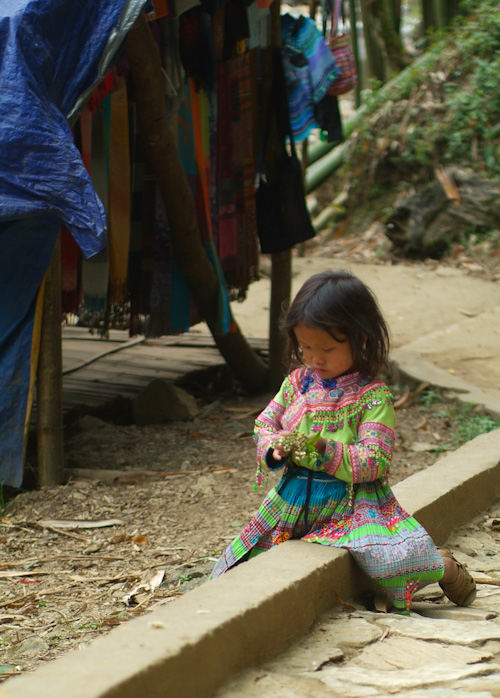
A little Hmong girl playing.
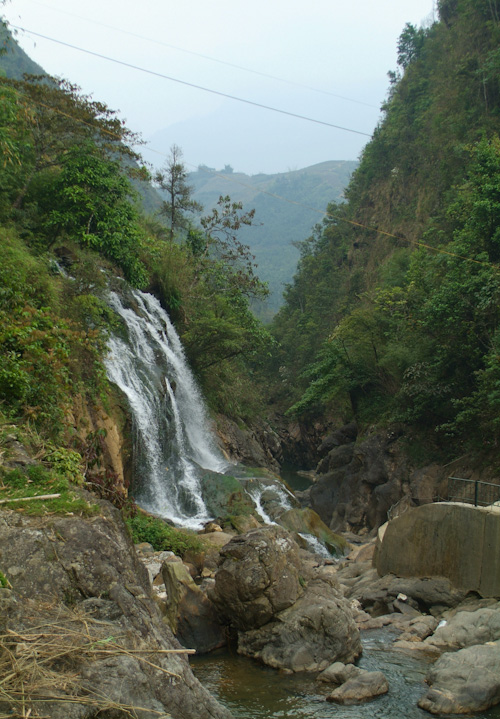
A waterfall, and a few minutes of unexpected calm.
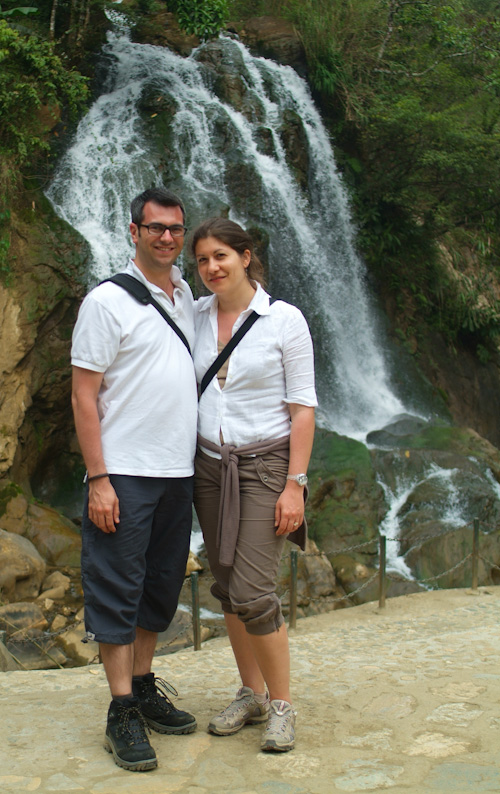
Tourists!
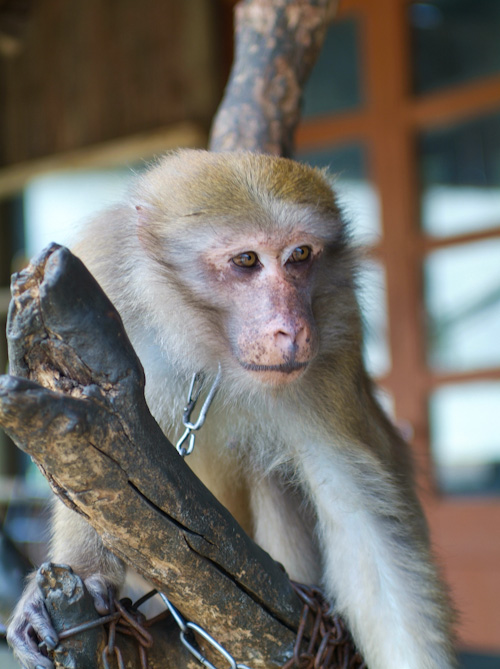
Cheeky monkey!
- Tags:

